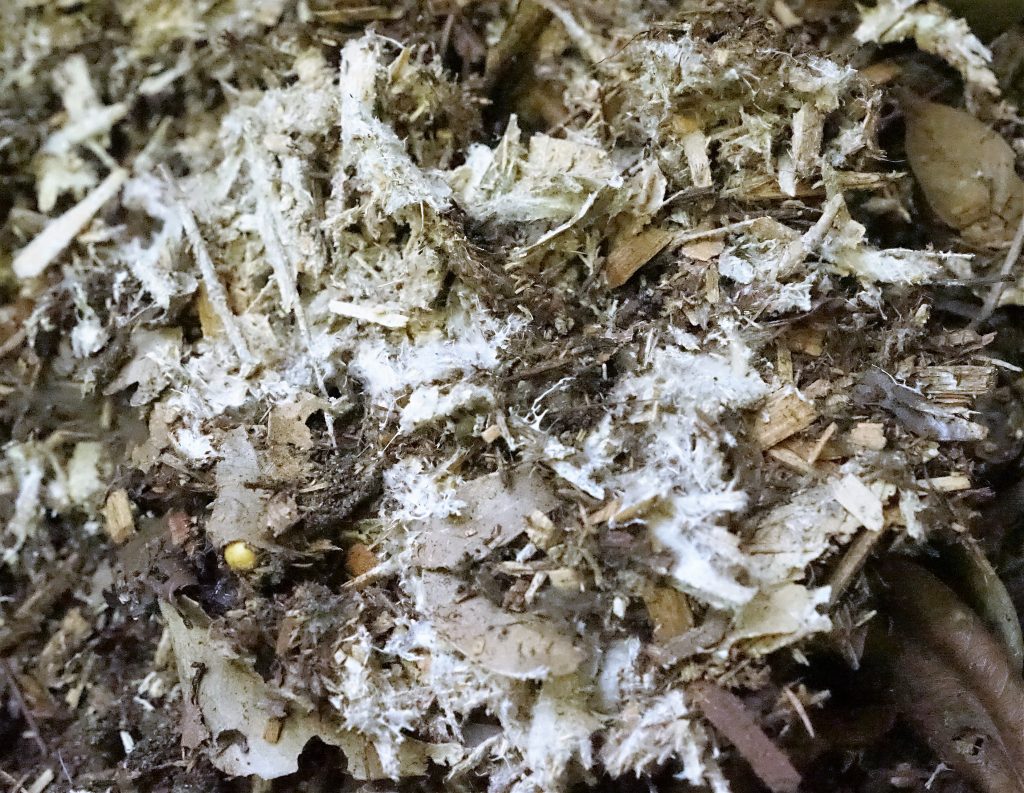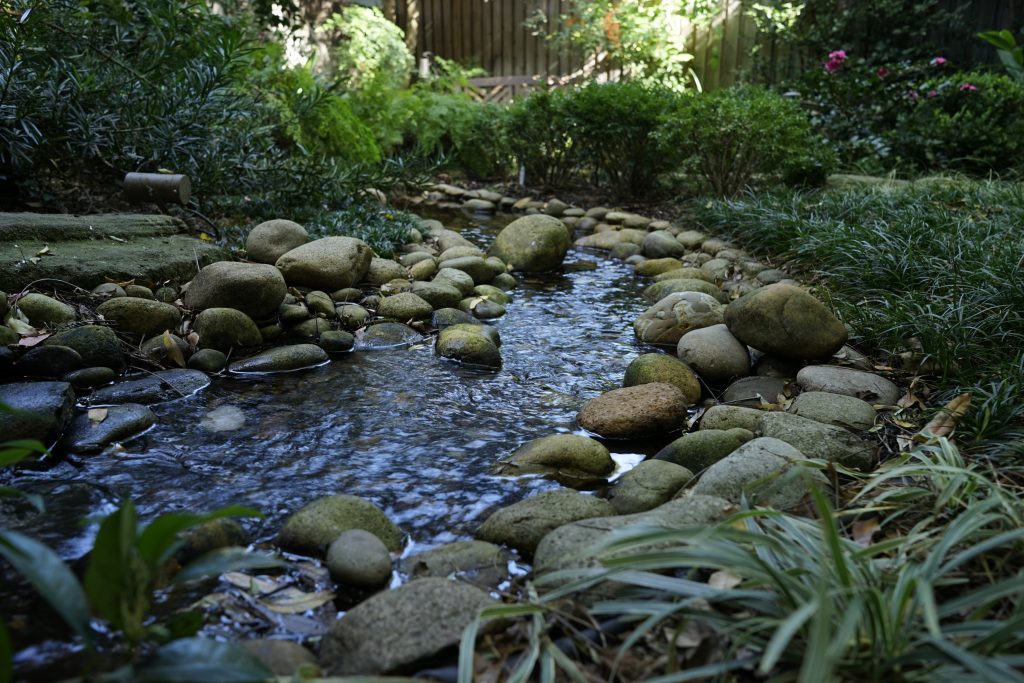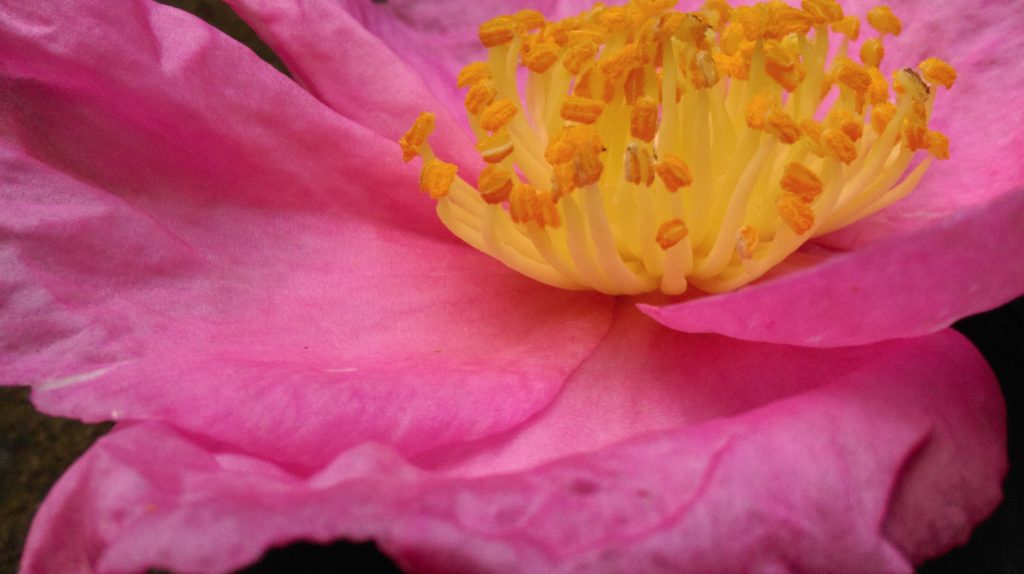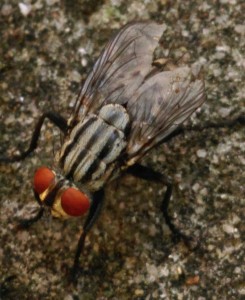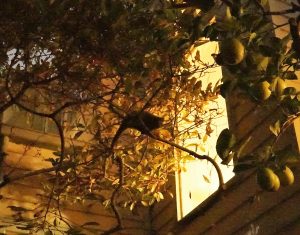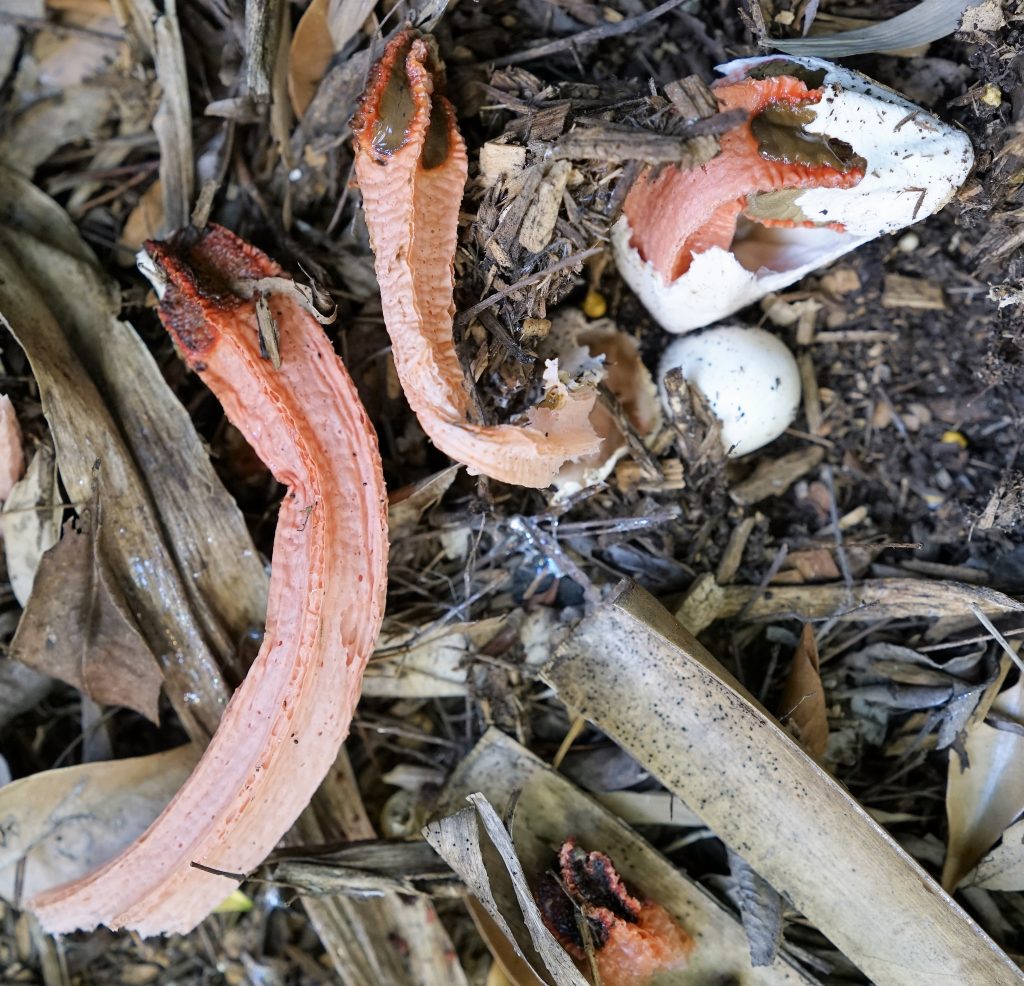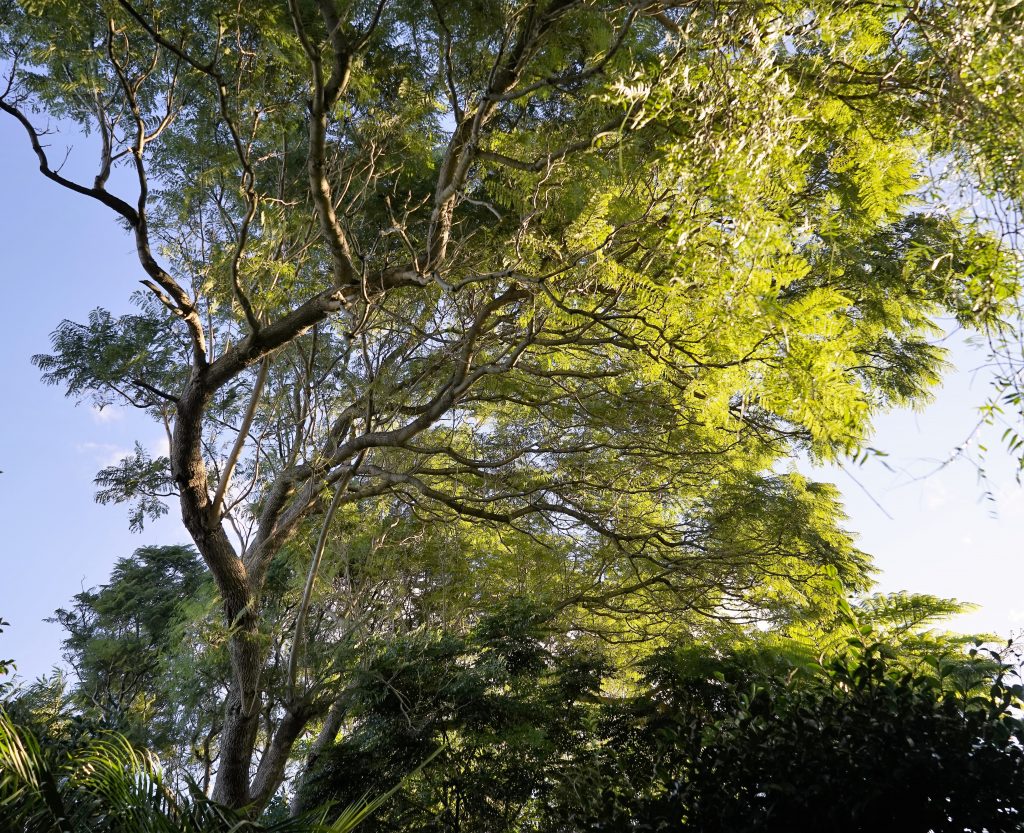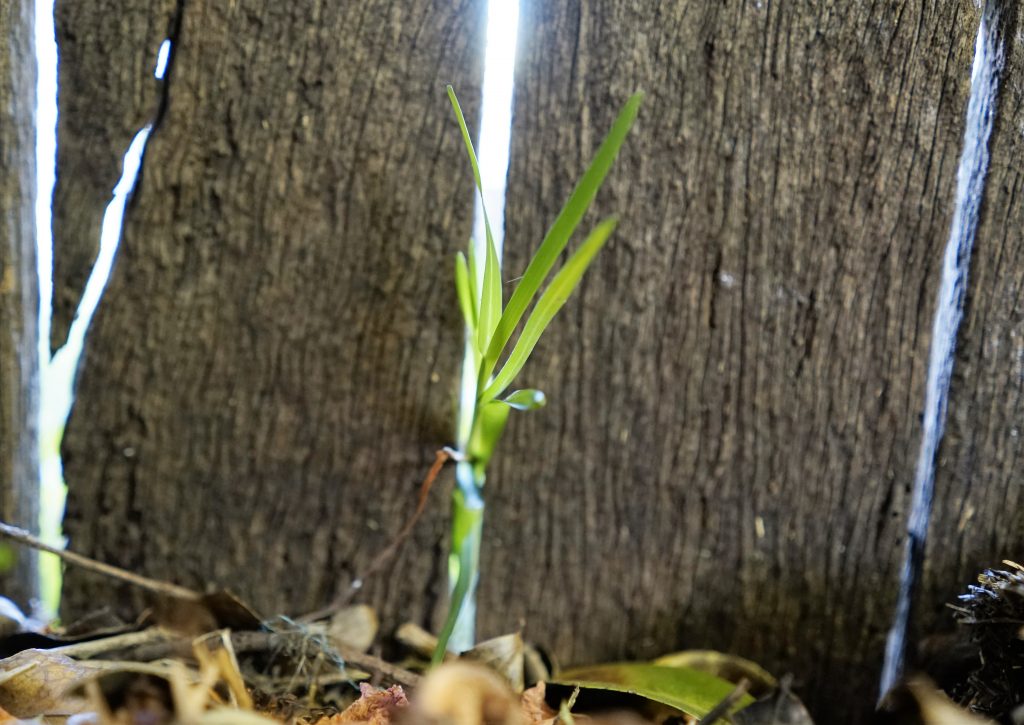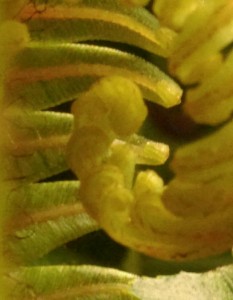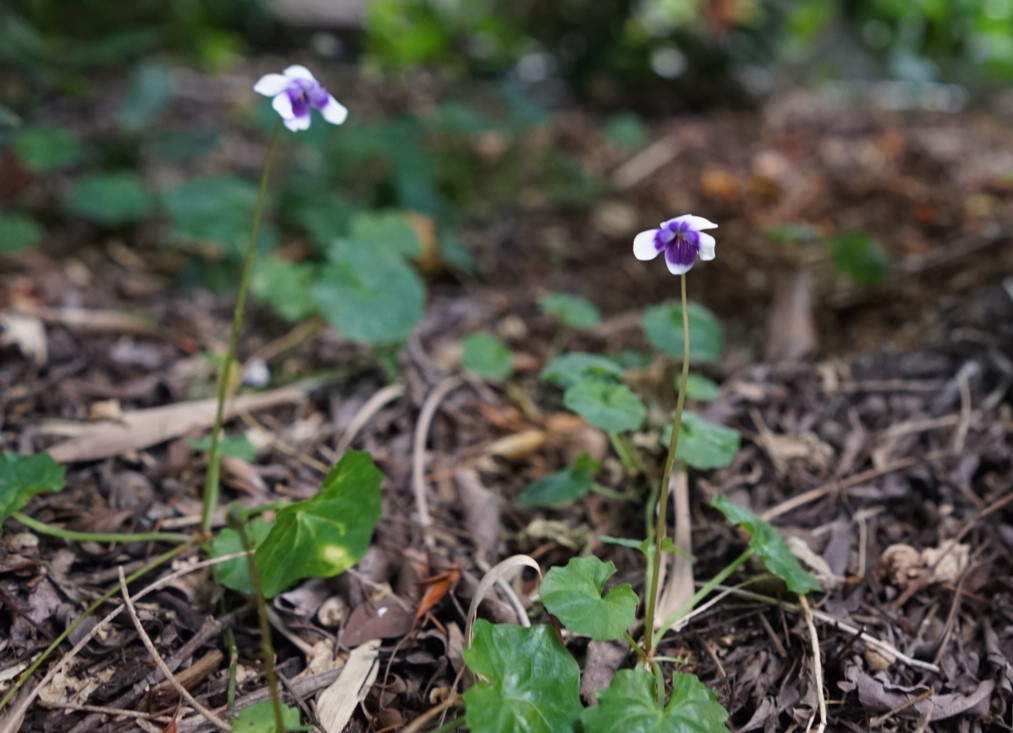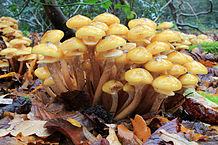
Honey fungus is a popular culinary mushroom, praised by Antonio Carluccio. And one particular honey fungus, found in Oregon, is said to be the world’s largest organism, covering 890 hectares and measuring 3.8 kilometres across. At 2400 years, it is also one of the oldest living organisms. The mushrooms that Carluccio eats with spaghetti are the fruit of an underground behemoth, which is made up of vast networks of mycelial cords or rhizomorphs.
I love the idea of these secret organisms, and it delights me to know that some thrive, just below the surface, in my own garden. That is why I’ve had so many fungi sprouting recently. In fact, the stinkhorn that I wrote about last week was the fruit of the rhizomorphic network pictured in the photo that leads this post. And an intriguing form of life it is. Continue reading The fungal underground
